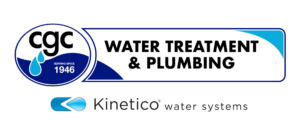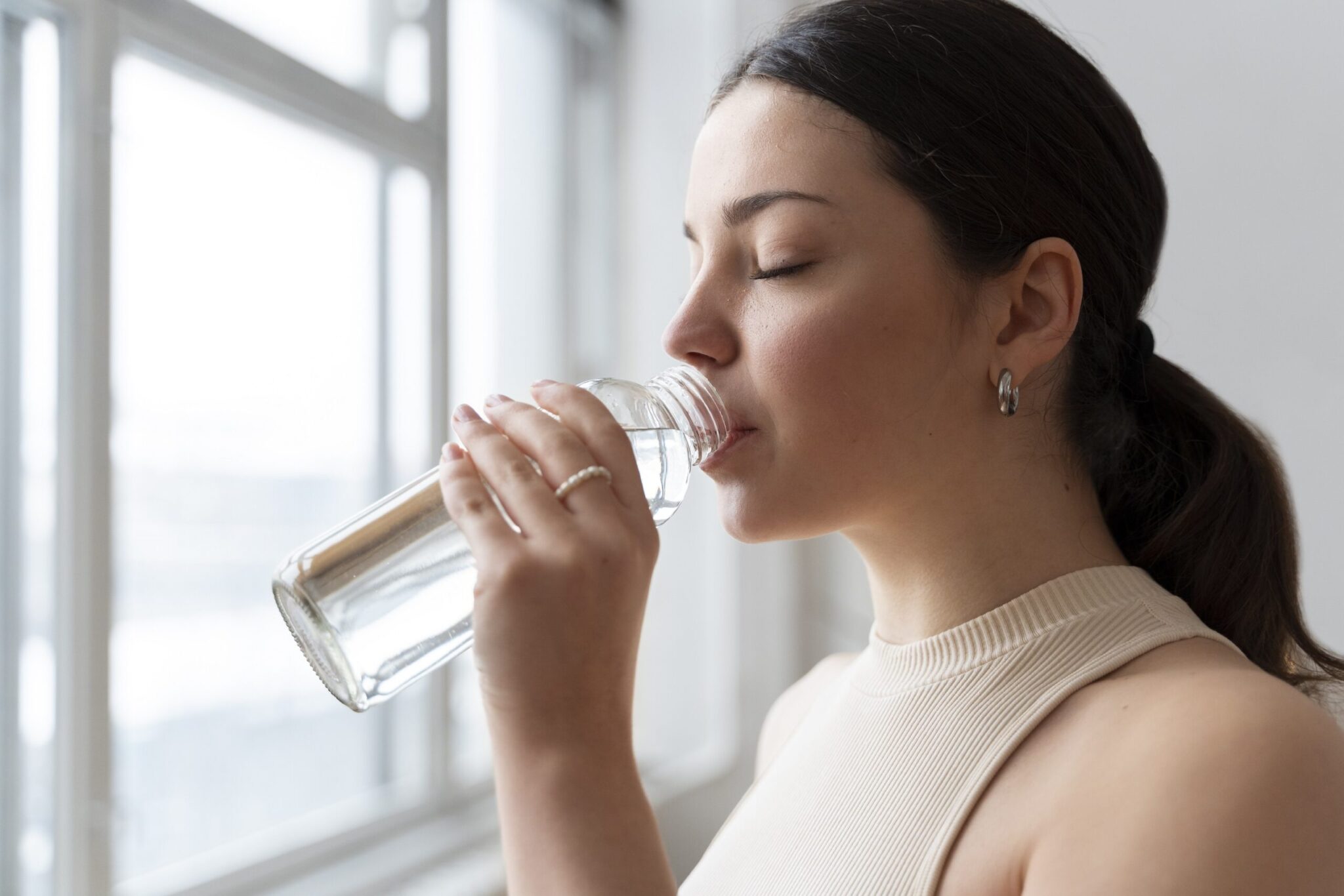If you have been looking at home drinking water systems, chances are you’re seeing a lot of information about reverse osmosis filtration and carbon block. These are two of the most popular filtration water systems for the home. So, what’s the difference?
Key differences between Drinking Water Systems
Carbon block and reverse osmosis methods both produce clean water at home, but they are very different and serve different purposes.
While a carbon filter will excel in removing the chlorine taste and smell from your water, it will remove fewer contaminants from your water than a reverse osmosis system. The reverse osmosis semi-permeable membrane has very small pores that will effectively remove a variety of contaminants that a carbon filter will not be able to remove.
When choosing a drinking water system for your home, you should first get a free water test from CGC Water to determine what type of filtration you will need.
1. Reverse Osmosis
Reverse osmosis systems have the ability to remove 99 percent of contaminants from drinking water, produce gallons of clean water, and self-clean, all while conserving water.
Filters work by separating water molecules from one another by forcing water through a semi-permeable membrane.
There are many reverse osmosis systems out there, but the Kinetico K5 Water Station is the top-of-the-line reverse osmosis water cleaning system on the market. With the Purefecta Guard Filter installed in the Kinetico K5, your drinking water also will be safer against bacteria and viruses.
The K5 has three stages, with each stage becoming more thorough. Stage 1, which is the prefilter stage, prepares the water for the reverse osmosis process. During this stage, the five-micron filter catches particles such as dust and silt and lowers the amount of chlorine in the water. In Stage 2, the water travels through a membrane where the main cleaning will be achieved. During this stage, the water is forced through a semipermeable membrane, where most minerals, chemicals, and other contaminants are removed. In the last stage, Stage 3, the water goes through a post-filter where any lingering inorganic compounds causing a foul odor or bad taste will be removed. After the three-set stages, there are two additional auxiliary filter options for an extra layer of protection. The options include a bacteria and virus guard, arsenic guard, or a mineral-plus filter and depend upon your specific water needs.
2. Carbon Filter
Carbon filters, which are also called “carbon block” or “activated carbon”, will filter water using a carbon medium. The carbon block will act as a magnet for impurities found in the water. Carbon block filters can remove chlorine, hard metals, iodine, and turbidity, among other contaminants.
CGC Water has been deemed an essential business and is open during the coronavirus pandemic. At CGC Water, we have many drinking water systems available that can provide you and your family with fresh, clean, great-tasting water at your home. Contact us today!






